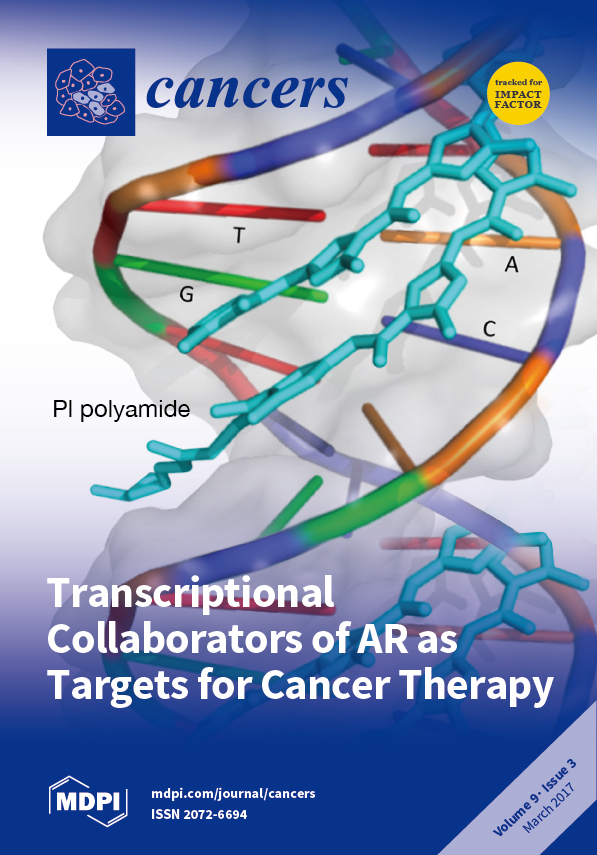Open AccessReview
Photodynamic Detection of Peritoneal Metastases Using 5-Aminolevulinic Acid (ALA)
by
Yutaka Yonemura, Yoshio Endo, Emel Canbay, Yang Liu, Haruaki Ishibashi, Akiyoshi Mizumoto, Masamitu Hirano, Yuuki Imazato, Nobuyuki Takao, Masumi Ichinose, Kousuke Noguchi, Yan Li, Satoshi Wakama, Kazuhiro Yamada, Koutarou Hatano, Hiroshi Shintani, Hiroyuki Yoshitake and Shun-ichiro Ogura
Cited by 14 | Viewed by 7798
Abstract
In the past, peritoneal metastasis (PM) was considered as a terminal stage of cancer. From the early 1990s, however, a new comprehensive treatment consisting of cytoreductive surgery and perioperative chemotherapy has been established to improve long-term survival for selected patients with PM. Among
[...] Read more.
In the past, peritoneal metastasis (PM) was considered as a terminal stage of cancer. From the early 1990s, however, a new comprehensive treatment consisting of cytoreductive surgery and perioperative chemotherapy has been established to improve long-term survival for selected patients with PM. Among prognostic indicators after the treatment, completeness of cytoreduction is the most independent predictors of survival. However, peritoneal recurrence is a main cause of recurrence, even after complete cytoreduction. As a cause of peritoneal recurrence, small PM may be overlooked at the time of cytoreductive surgery (CRS), therefore, development of a new method to detect small PM is desired. Recently, photodynamic diagnosis (PDD) was developed for detection of PM. The objectives of this review were to evaluate whether PDD using 5-aminolevulinic acid (ALA) could improve detection of small PM.
Full article
►▼
Show Figures






